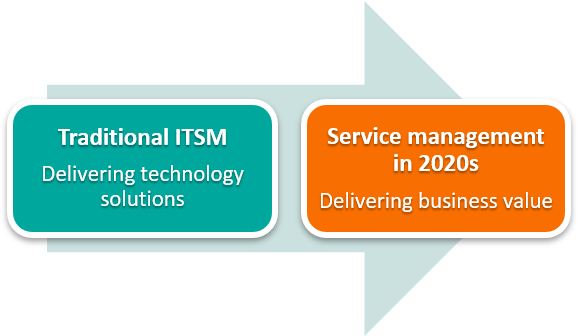Imagine your company as a bustling city. Every department, from IT to HR to Facilities, is like a different district, each providing essential services to keep things running smoothly. But what if there’s no central hub to manage it all? That’s where Enterprise Service Management (ESM) comes in.
Think of ESM as the city’s traffic control system. It’s a framework that helps organizations streamline service delivery across all departments, not just IT. Here’s the gist:
- Beyond IT: While IT Service Management (ITSM) focuses solely on IT services, ESM takes a broader view. It encompasses all service requests, from resetting passwords to onboarding new employees.
- Unified Approach: ESM provides a single platform for managing all service requests, regardless of the department involved. This fosters better collaboration and reduces confusion.
- Self-Service Power: ESM empowers employees to solve simple issues themselves through self-service portals and knowledge bases, freeing up IT and other departments for more complex tasks.
Now, let’s dive into the benefits of implementing ESM:

1. Efficiency Boost: Imagine employees spending less time waiting for IT support or HR assistance. ESM streamlines processes, automates tasks, and empowers self-service, leading to increased productivity across the board.
2. Cost Reduction: Fewer support tickets, faster issue resolution, and reduced reliance on external resources – these all translate to significant cost savings for your organization.
3. Improved Service Quality: With a centralized system, service delivery becomes more consistent and transparent. Employees know where to go for help, and departments can collaborate effectively to resolve issues quickly.
4. Enhanced Customer Satisfaction: Faster resolution times, clear communication, and a user-friendly self-service experience all contribute to happier employees and satisfied customers.
5. Data-Driven Insights: ESM platforms collect valuable data on service requests and trends. This allows organizations to identify areas for improvement and continuously optimize their service delivery processes.
Here’s an example: Let’s say an employee has trouble accessing a specific software program. With ESM, they can submit a request through a self-service portal, which automatically routes it to the appropriate IT team. The team can then access relevant knowledge base articles or collaborate with other departments to resolve the issue quickly.
ESM isn’t just a fancy buzzword; it’s a strategic approach to managing services across your entire organization. By implementing it, you can create a more efficient, cost-effective, and customer-centric environment for everyone involved.




Leave a Reply